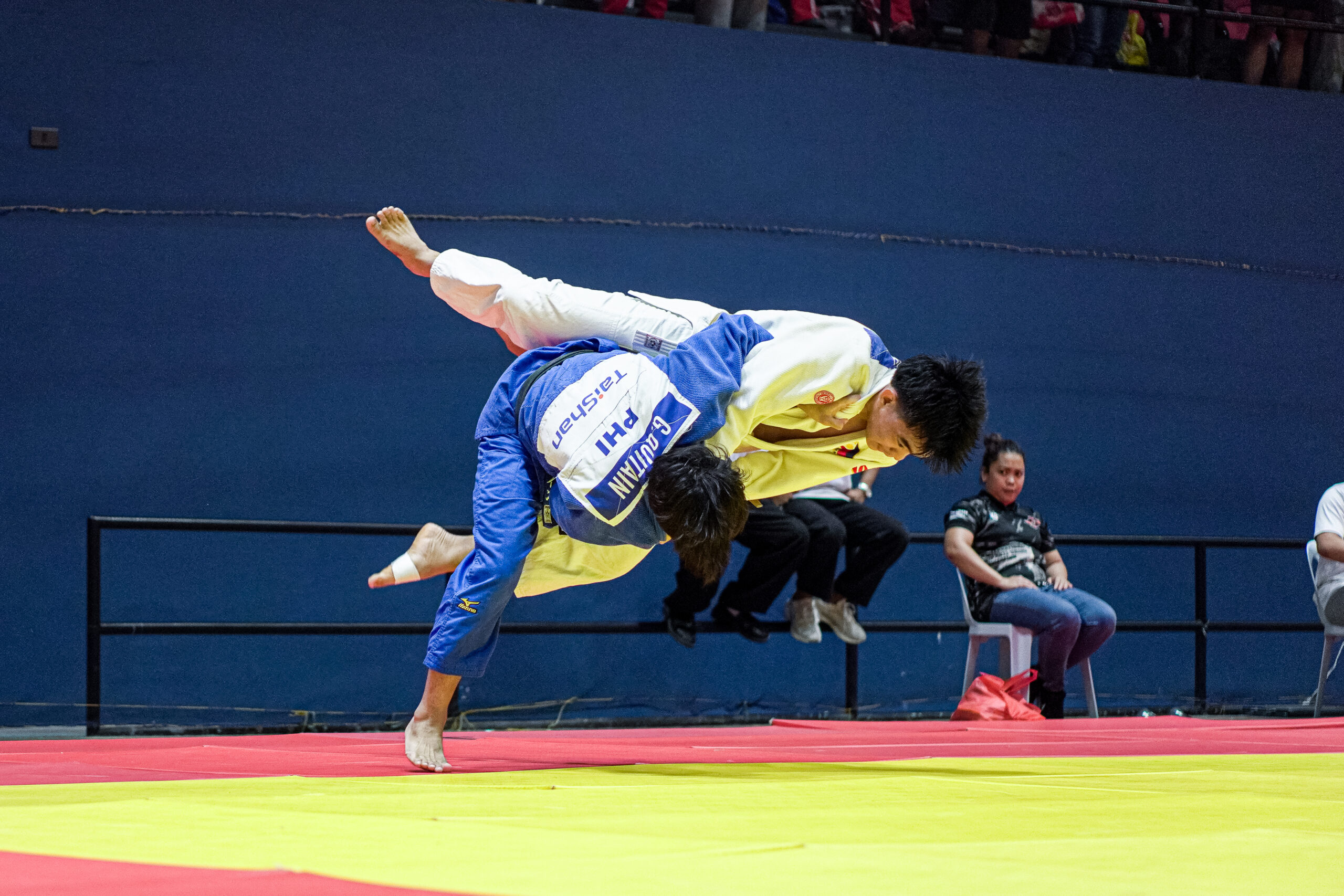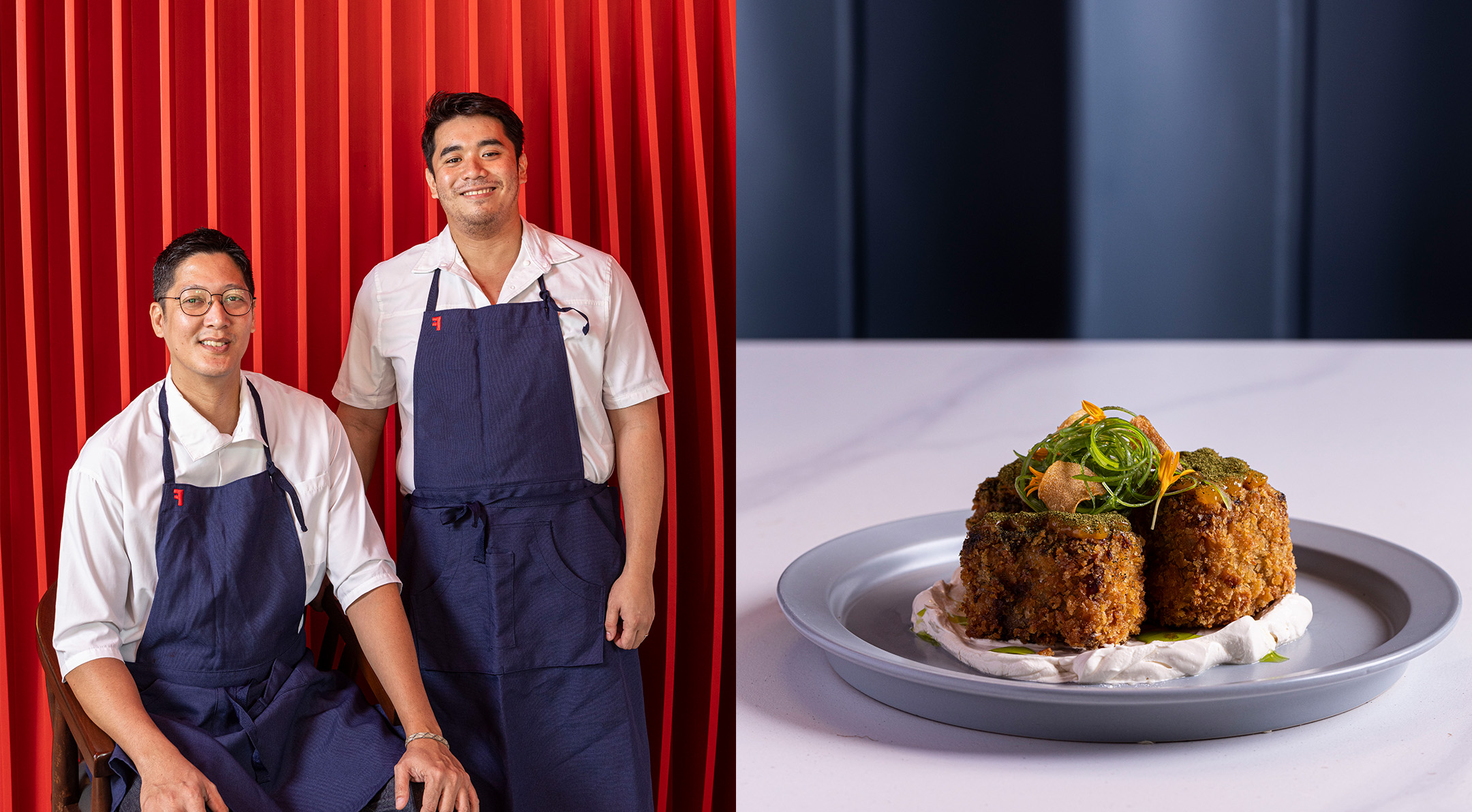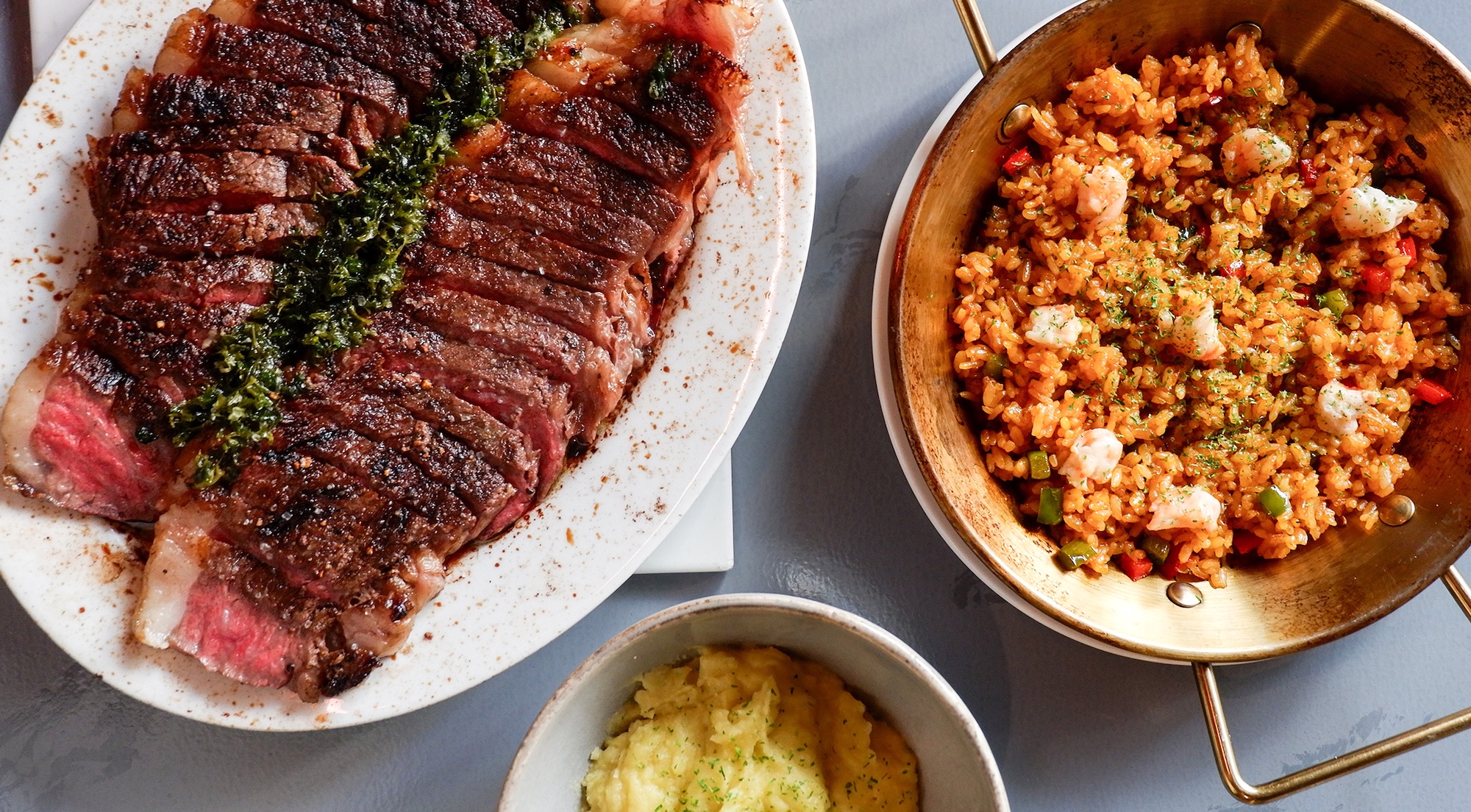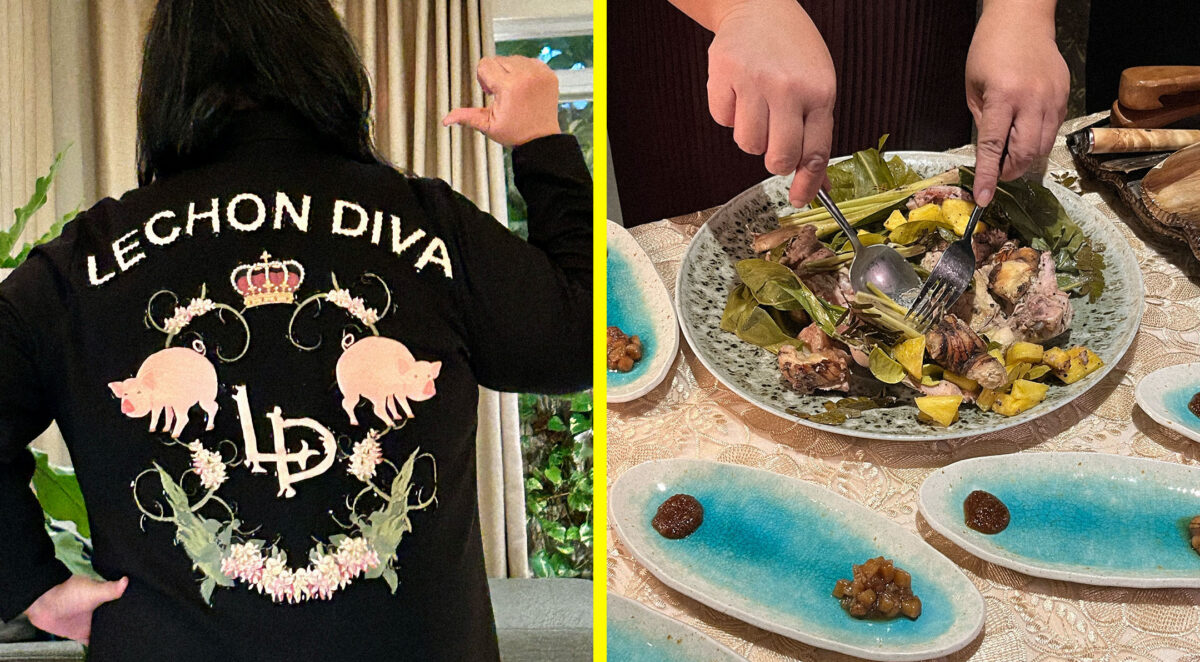Communities around Manila Bay from Pico de Loro in the Cavite-Batangas boundary to Mariveles in Bataan share a common geography, climate, flora, and fauna. That commonality is reflected and evident not just in their natural resources but also in the culinary cultures of both areas as well. But somehow, despite the shared terroir, each town or province is ignorant of the collective consciousness and instead is divided due to natural and political boundaries, parochialism, and sheer distance. This is how the dampalit almost lost its place as one of the most important sources of food.
Long considered a damong ligaw (wild weed) by the residents of Cavite, the dampalit is foreign to many locals, especially the youth. Cavite old-timers living in the coastal areas years ago foraged the leaves to be eaten or used as a decoction to heal fever and wounds. But the tradition has long died and no one remembers what it is used for anymore, much less its nutritional and ecological value.
In the areas of Pamarawan in Malolos, Bulacan and in the coastal areas of Pampanga, dampalit is eaten as a condiment in the form of an atchara. A sweet and sour brining syrup is prepared by cooking vinegar made from tuba and sugar. Its tops and tender leaves are used, while the hard stems are discarded. Finely chopped carrots, onions, garlic, and ginger are stirred in to add flavor and color. The dampalit leaves are washed, blanched in hot water, and then mixed with chopped aromatics. The brining syrup is poured in bottles for pasteurization. It is also made into a salad, mixed with chopped tomatoes, shallots, and garlic and seasoned with fish sauce and a little sugar and vinegar.
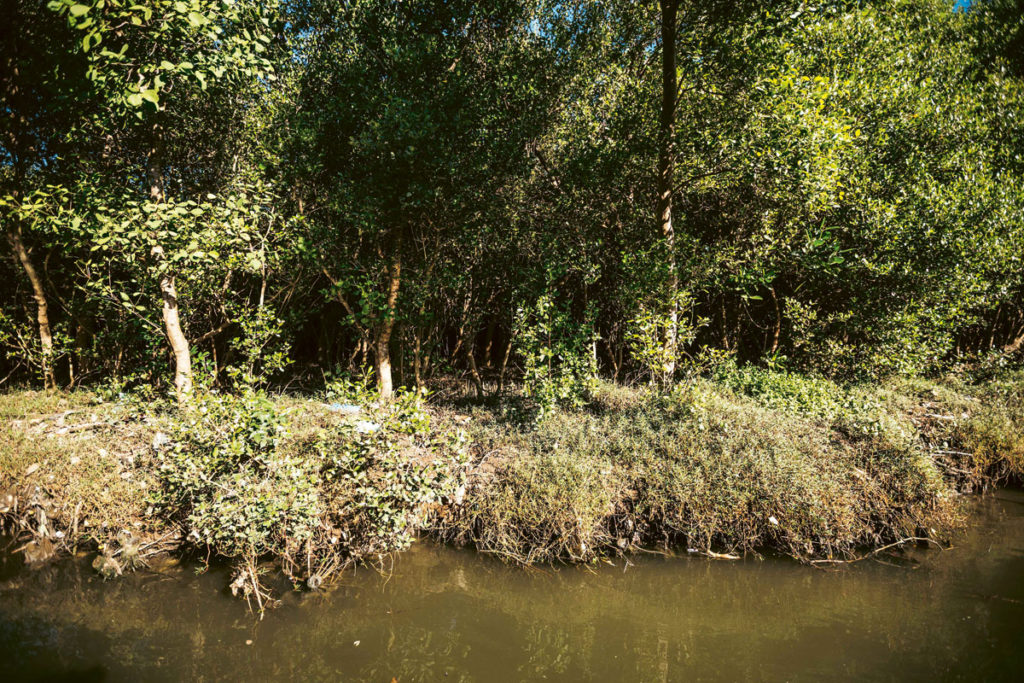
The species continues to grow in an ecologically sustainable community where the local government supports the local fishing and salt industries while championing the reforestation of the mangrove areas. It is always foraged and not available in the market, as it is difficult to put a price on it because the edible weed is only harvested and consumed within the community.

Wild and wonderful
With the ecological rebalancing, other species are returning to the mangrove forest area either by cross-pollination or wildcrafting. One of which is the dampalit (Sesuvium portulacastrum), also known as sea purslane or shoreline purslane.
The dampalit now carpets the muddy banks beside the brackish waters of the estuary, within the islets traversing the mangrove sanctuary that forms a delta near the Cavite City and Noveleta town boundary. This is where fresh water from the Ylang-Ylang River traveling downstream unites with the saltwater from Bacoor Bay, one of the smaller bays within the Manila Bay water system.
The dampalit is a sprawling perennial herb with smooth, thick stems and can grow up to one meter long. The plant itself can grow up to 30 centimeters high. The leaves are dark green in color, fleshy, smooth, and depending on the variety, linear or lanceolate, measuring between one to seven centimeters long and two to 15 millimeters wide. Its flowers are pink or purple. The leaves impart a very distinctive salty taste and yield essential oils with anti-microbial, anti-bacterial, and anti-fungal properties.
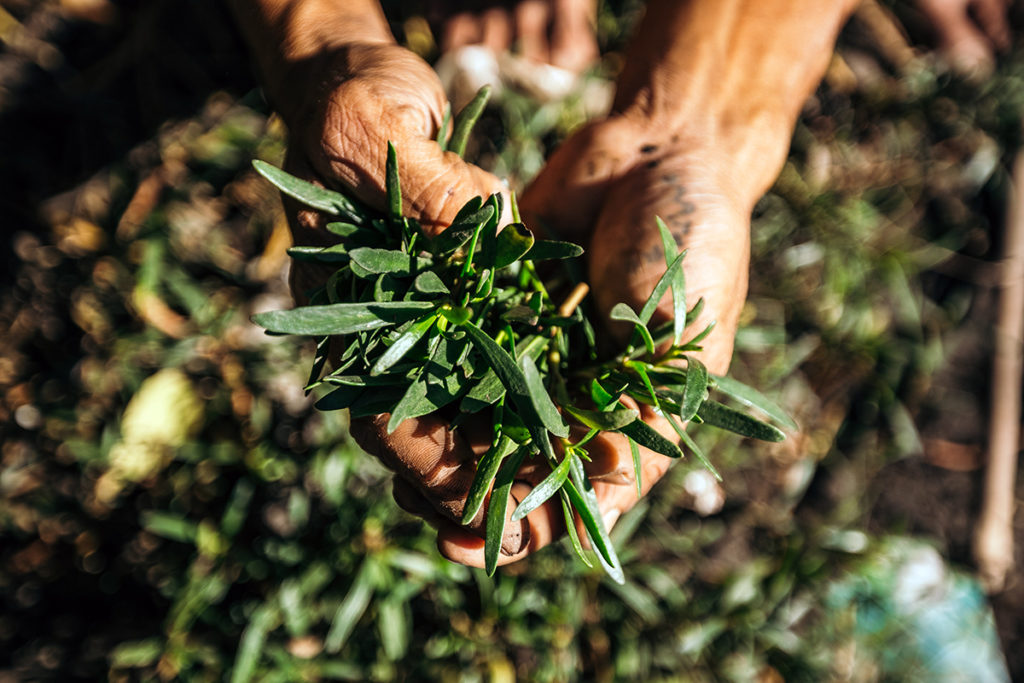
It grows wildly in sandy clay, coastal limestone, and sandstone, tidal flats and salt marshes, and has naturalized in many places where it is not indigenous. The color of the stem changes from light green to deep pink, an indication that the water’s salinity index has risen or there has been a seawater intrusion in fresh water sources. In Pamarawan, the stems of the dampalit growing along the pilapil (pathways) of the salt beds are deep pink compared with the ones that grow beside the fresh water riverbanks.
According to a recent publication released in 2014 by BioMed Research International, salinity in soil is a rising problem causing tremendous yield loss in agricultural farmlands. One of the methods proposed in the study is phytoremediation or the introduction of a non-invasive plant species to help facilitate salt removal—in this case, to extract or draw out the salinity from the soil. The study proposed and evaluated the potential use of dampalit to help repair and revitalize saline soils as it has exhibited greater accumulation of salt in the plant’s tissues and decreased the soil’s salinity and acidity.
Sustainable living
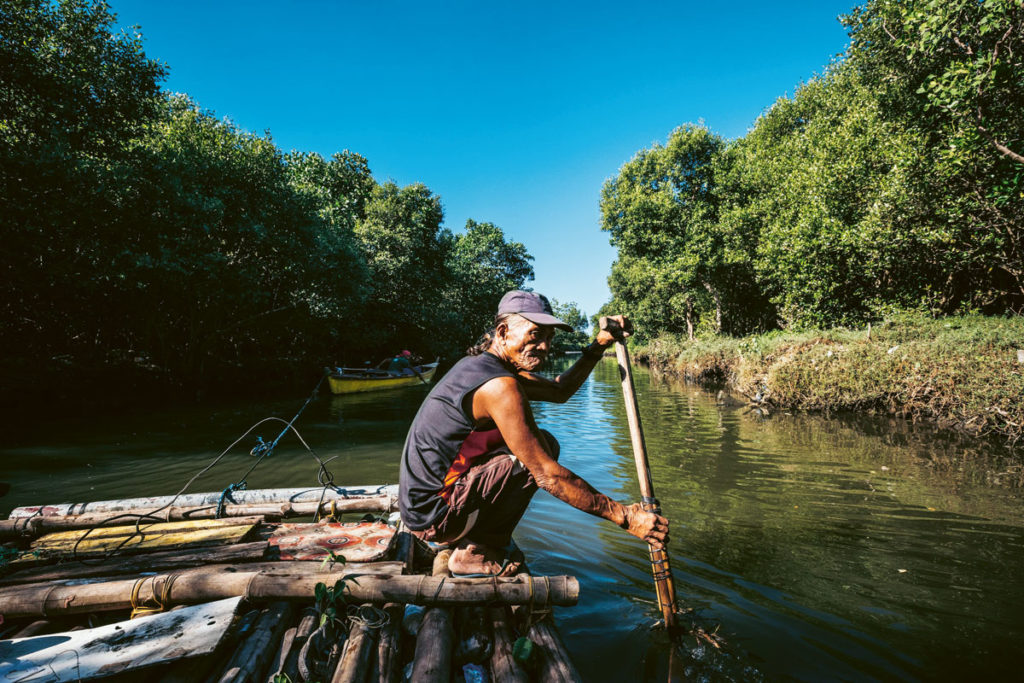
Jaime Eugenio and his wife Lani are former informal settlers living along the banks of the Ylang-Ylang River in San Rafael IV. He is a former construction worker from Bulacan, while she, a Guitars native, used to work at a private clinic. Since work was scarce for Eugenio, they decided to become “mag-uuling” or charcoal makers. They harvested wood from the mangrove forest, turned it into charcoal, and sold it to the local market or the middlemen. According to Eugenio, charcoal made from bakawan wood is the best as it is very hardy, dense, and slow-burning. But the indiscriminate cutting of its trees wasn’t sustainable, consequently causing the depletion of the forest.
The manufacturing of charcoal made from bakawan has been banned. Steep fines, imprisonment, and community service (for every one tree that is destroyed, the offender must plant at least a hundred seedlings to replace it) are now imposed all over the country as part of the illegal logging act.
Since the rehabilitation and reforestation program for the mangrove forest was instituted by the local government in 2007, the couple was deputized by the local government and the Department of Environmental and Natural Resources (DENR) as stewards of the mangrove forest. They were loaned a piece of property in the area where they can live with dignity and pride.
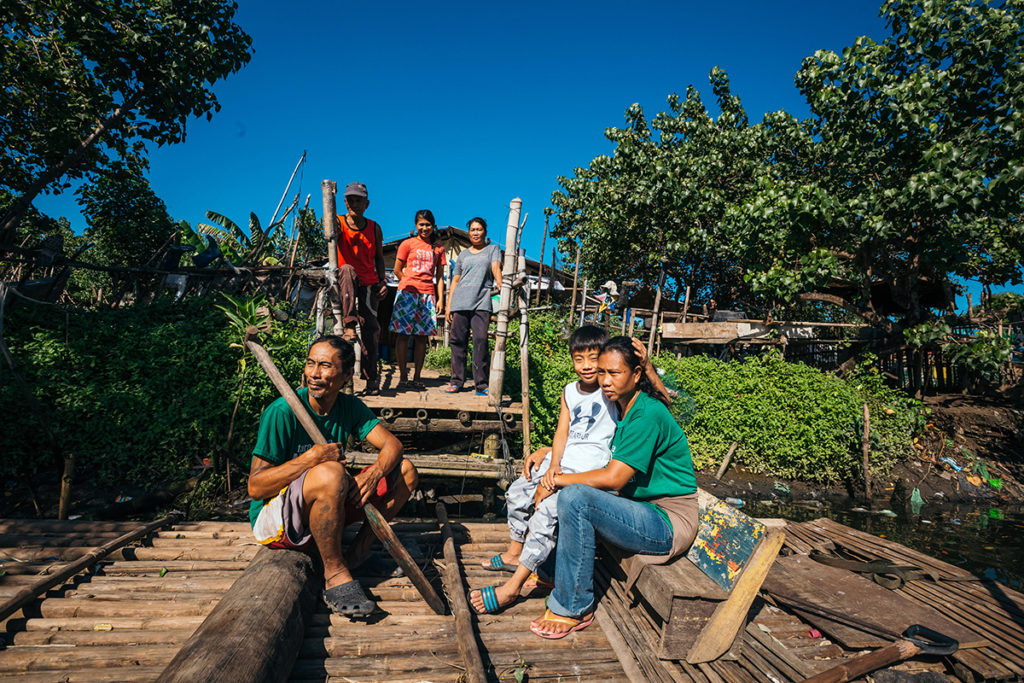
Their home is made of bamboo and nipa fitted with a solar panel where they can obtain electricity to charge mobile phones and power a small black-and-white television for entertainment and a transistor radio for news and weather reports.
They also invested in a second-hand banca with an outboard motor and a bamboo raft. The banca is used to go through the tributaries where Eugenio monitors the mangrove forest and for general transport like going to the market in the city and taking their young boy to school. The bamboo raft, on the other hand, is used to transport the seedlings in the areas where they are to be planted and to ferry volunteers and guests who wish to visit the mangrove forest.
With the ecosystem achieving a sense of balance, the marine life has returned, together with migratory birds hibernating in the forest. Eugenio has also learned to be a skilled subsistent fisherman and has taken to foraging alimangong bato (mud crabs), sugpo, and freshwater fish for their daily sustenance. Any surplus is sold to the market. Eugenio and his wife also take care of goats, pigs, and chickens, another source of income for the family that helps send their children to school and address daily expenditures.
The best lesson that the couple has learned, living this pristine and uncomplicated life, is the love for the environment. They have observed the seasons, the life cycle, and the ebbing of the tide. They know the best time to plant the seedlings and harvest produce from the rivers. They are also familiar with the local fauna and can identify the different trees in the mangrove forest. Occasionally, the family feasts on dampalit, which they typically serve as a side salad. It is sustainable living in its truest sense.
Planting hope
Dampalit may be a forgotten weed, but its contribution to the ecosystem and culinary culture is indisputable. It is unique in our terroir, as we are the only country in the world that uses it as an ingredient. It is quite difficult to cultivate this weed, as it is wildcrafted. It only grows in specific conditions; it requires the right climate, soil, humidity, water system, and the presence of another species. A thorough study should be conducted on how to domestically cultivate it.
With the current situation in rural mass migration, the growth of urban centers encroaching on protected land areas and shoreline public estates open to reclamation, we are putting our environment at colossal risk. There should be a concerted effort between the government and community stakeholders to ensure the survival of our mangrove forests, otherwise the dampalit will just be a footnote in botany textbooks and will never see light again.
Originally published in F&B Report Vol. 14 No. 1




